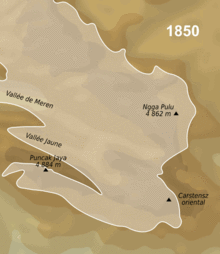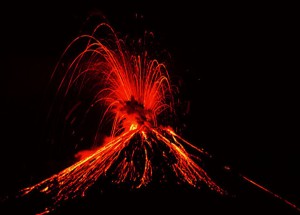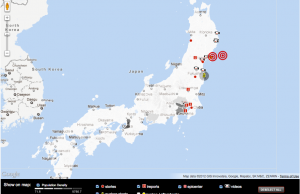This is a great summary website of Rainforest fast facts:Rainforests
Rainforests are a vital hotspot for biodiversity and have provided both the human and non-human world with a plethora of positive forces. Rainforests are so diverse in fauna and flora for a number of reasons: the high temperatures allow for a high levels of organismal metabolisms, the high temperatures kept the area hospitable during ice-ages and the abundant precipitation allows for a myriad of floral species to propagate.
The losses of the rainforest biome have very real consequences to global biospheric health. Not only would a large carbon sink be depleted, but the previously unstable soil would be susceptible to erosion and subsequent land-loss. The unstable soils would be barren and thus more likely to cause significant runoff. The loss of the boreal biomass would also result in increased levels of global CO2 because the trees and plants act as major carbon sinks. Removal of the trees and demolition of the land result in decreased habitats for other organisms. The increased edge would also further decrease aggregate climax community.
Due to the forces of logging, climate change, development and pollution, these habitats are seriously endangered. The pharmaceutical industry is worried because the high species diversity is necessary for developing new medicines. Environmentalists are concerned because of the loss of the most biodiverse regions in the world and the implications to ecologic function. Also at stake is the ever-popular Rainforest Cafe.

“Because Giraffes, oh you know, live in Rainforests!”
I interviewed long time employee* and full-time friend Matthew Groff about his employers future.
“I’m definitely worried. Without rain forests, people are gonna walk in and be like ‘the hell is this? What’s up with the weird trees and strange croaking noises? I thought I could get food here?'” Groff added, “Rainforest Cafes everywhere will be in peril. We might have to change to–I don’t know– . . . Clear-Cut Cafe!” He presented the idea to his manager who informed him that they already considered it and found individuals are much more receptive to monkey calls, gentle mist, and lush greenery than sounds of buzz saws sheering, trees violently falling, and construction manager drawl.

“I know the mozzarella sticks were good, but we’re not coming back!”
Organizations such as “Save the Rainforest“, “Save the Rainforests Inc.” and “The Rainforest Foundation“, are all great places to educate yourself on the state of the rainforests and how you can help.
Or if you want to check out the Safari Club’s perks, check out The Rainforest Cafe .
The losses to biodiversity are incredible. Don’t let one the world’s most biodiverse restaurants collapse to an unrecoverable state.
*Matthew Groff is not a worker at Rainforest Cafe, but knows someone who is and spoke on their behalf.






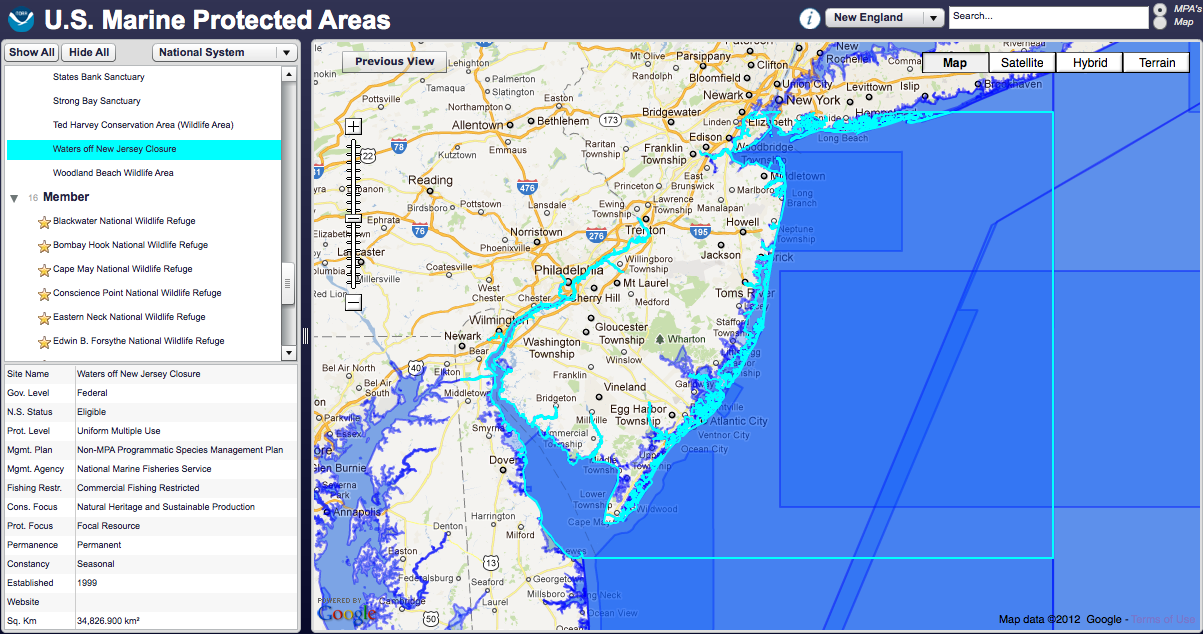
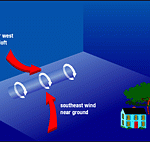
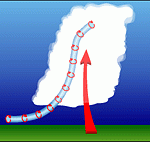
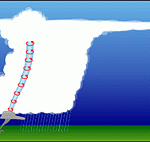
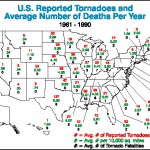
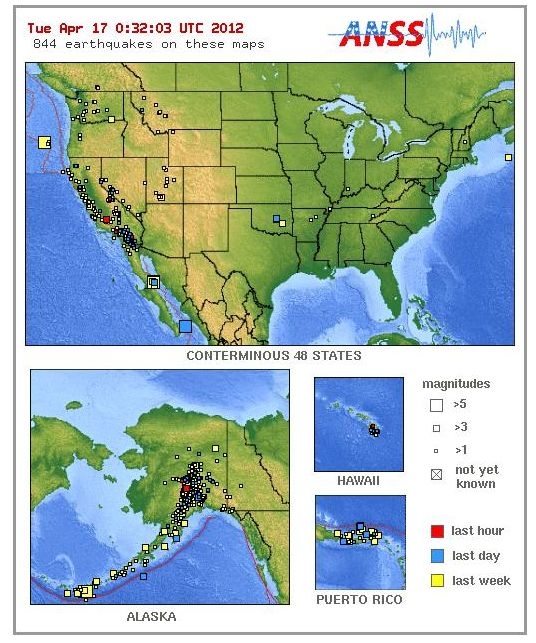 We have spent a lot of time throughout this course discussing earthquakes as they are an important consequence of the phenomenon of plate tectonics in the lithosphere and cause long lasting effects on the biosphere when they occur. In class we often focused on the largest, most local, and most significant earthquakes. The earthquake in the Philippines, the tsunamai caused by the earthquake in Japan, and the termor felt in our backyard in Mineral, VA are all events that are well documented and widely known about. However, during one of our lectures, we were presented with a slide that revealed the estimated probability of an earthquake occuring in any given region across the United States. Of course, western California and the Aleutian Islands in Alaska were the most areas of the highest expected earthquake activity. Still, there was a spot in central Virginia which was higher in probability than surrounding regions.
We have spent a lot of time throughout this course discussing earthquakes as they are an important consequence of the phenomenon of plate tectonics in the lithosphere and cause long lasting effects on the biosphere when they occur. In class we often focused on the largest, most local, and most significant earthquakes. The earthquake in the Philippines, the tsunamai caused by the earthquake in Japan, and the termor felt in our backyard in Mineral, VA are all events that are well documented and widely known about. However, during one of our lectures, we were presented with a slide that revealed the estimated probability of an earthquake occuring in any given region across the United States. Of course, western California and the Aleutian Islands in Alaska were the most areas of the highest expected earthquake activity. Still, there was a spot in central Virginia which was higher in probability than surrounding regions.